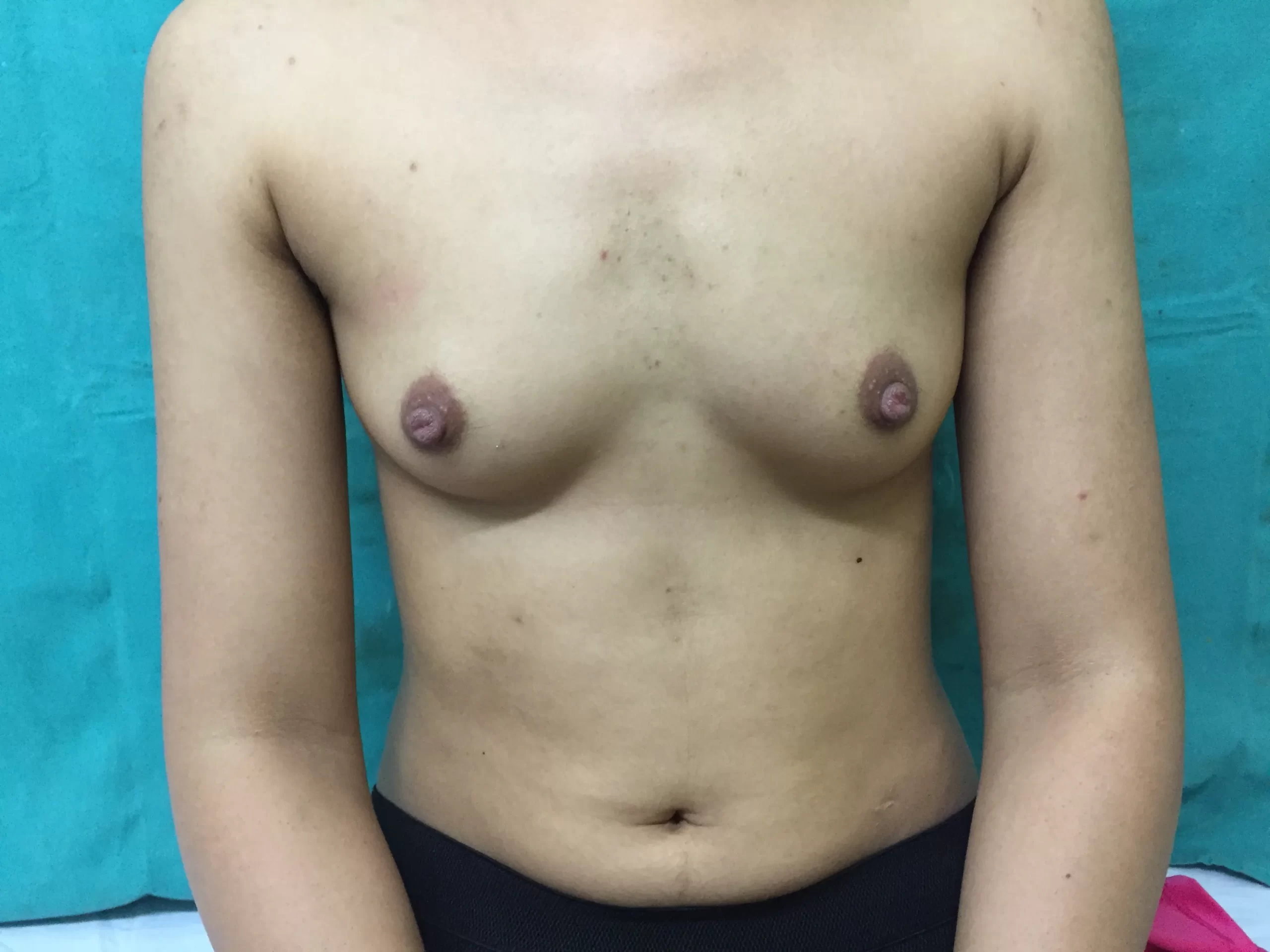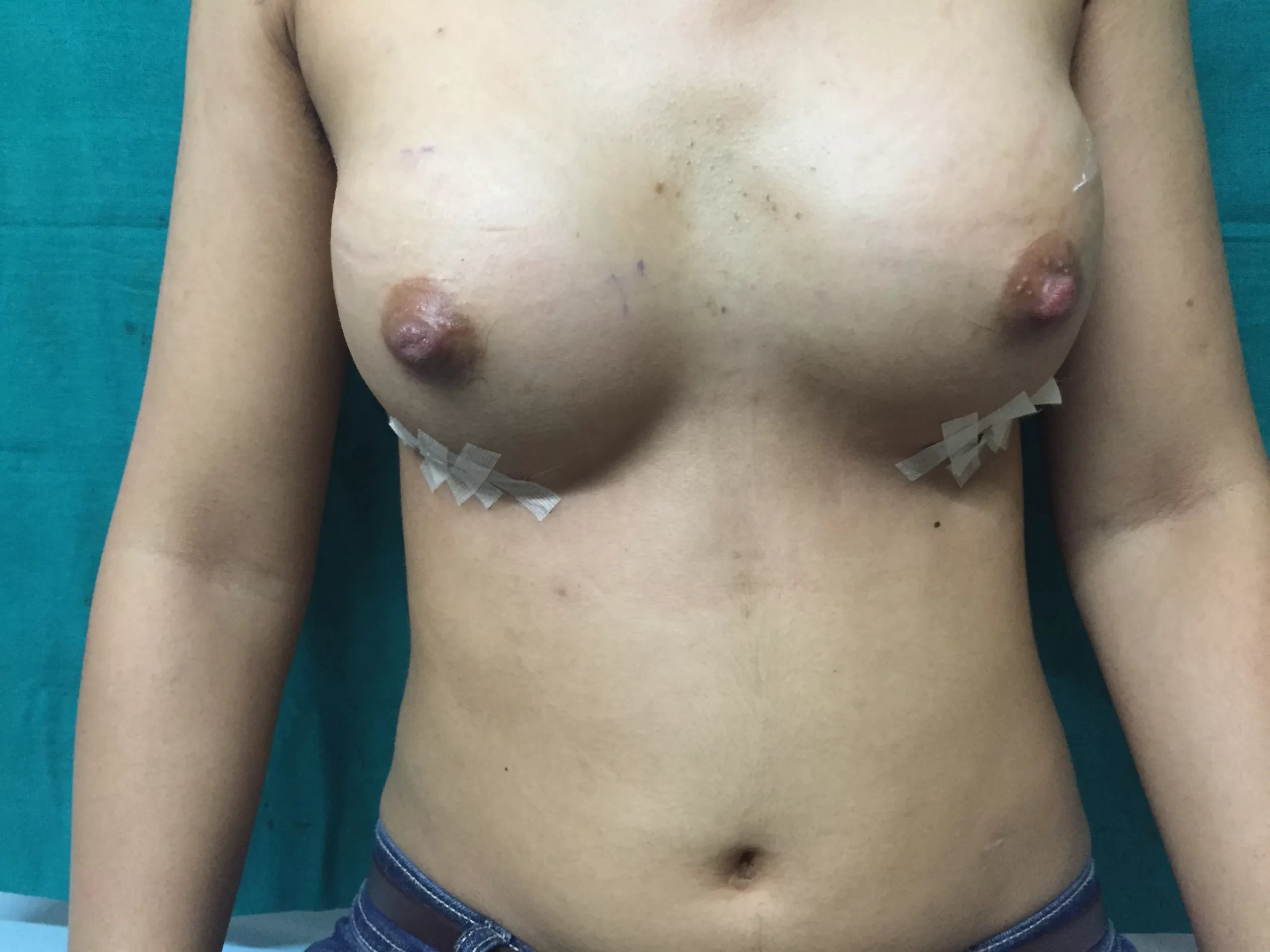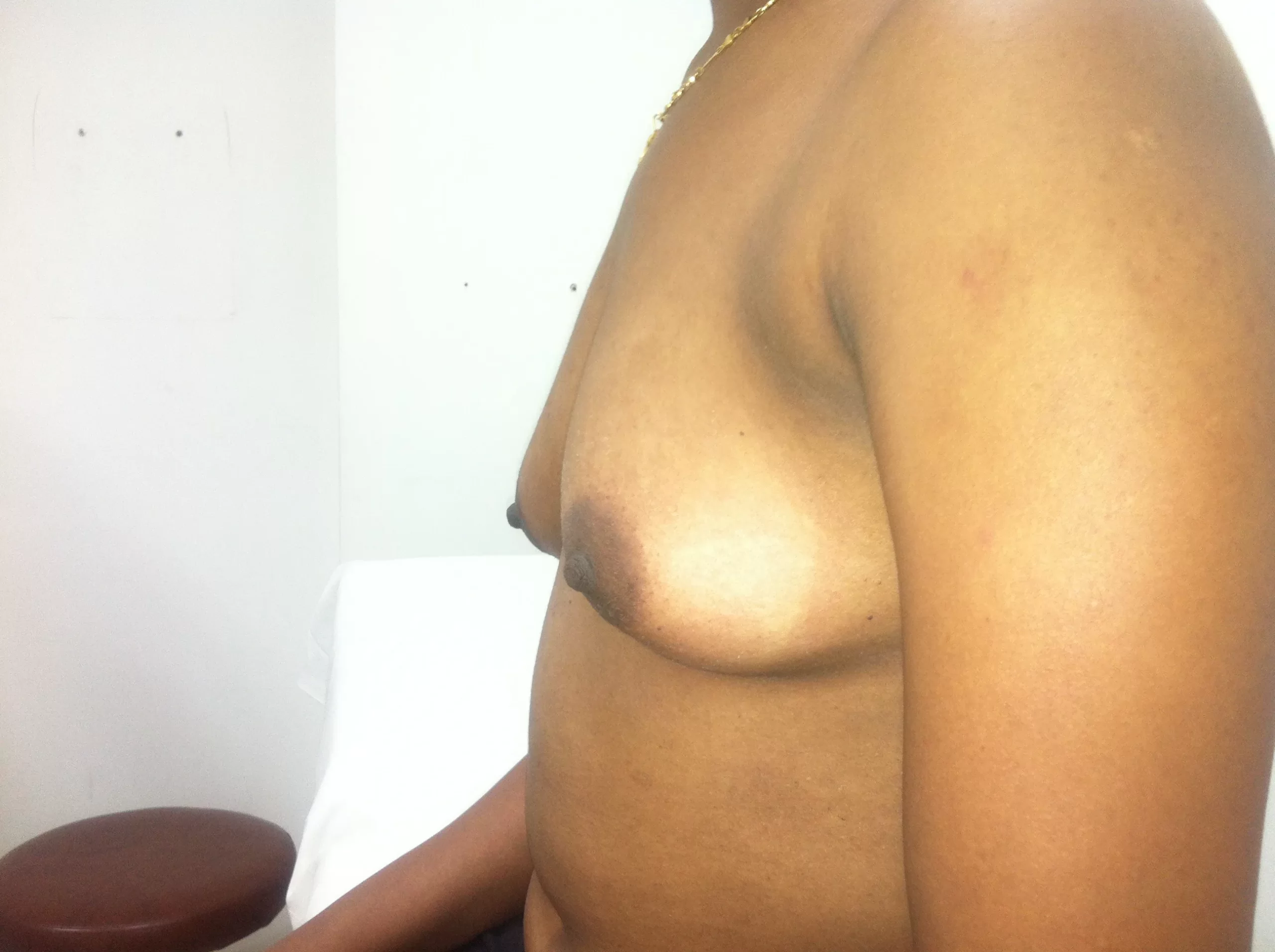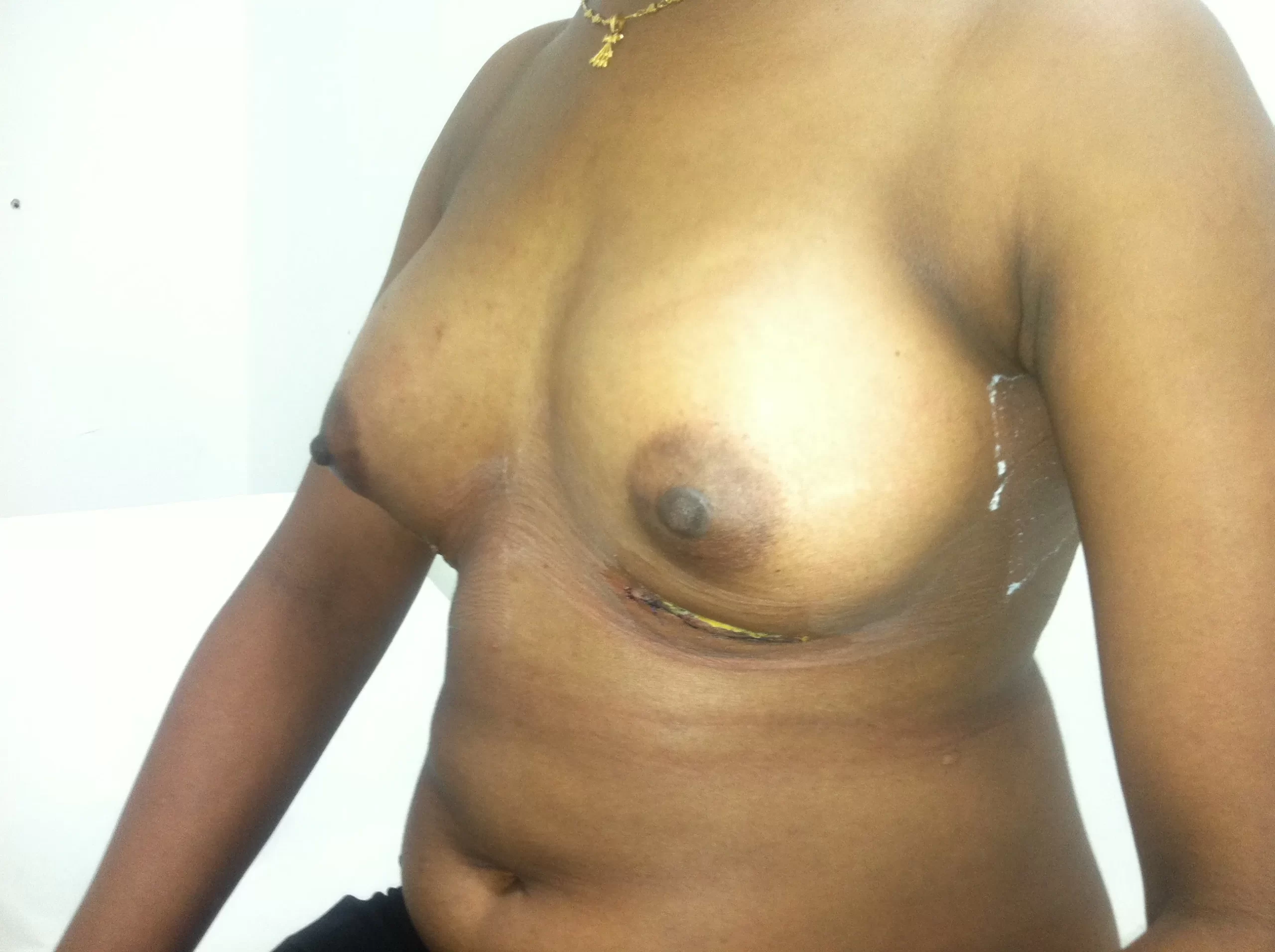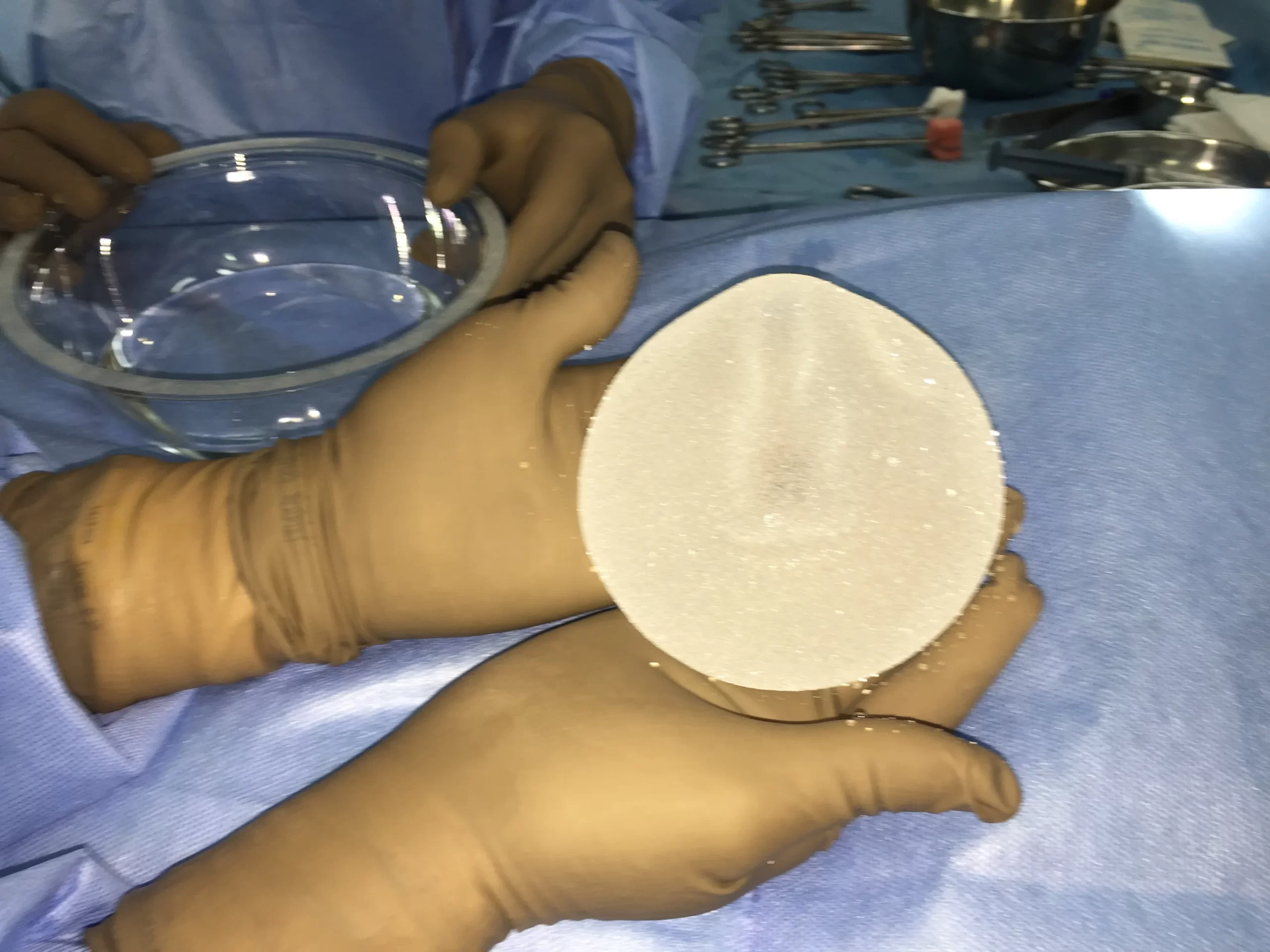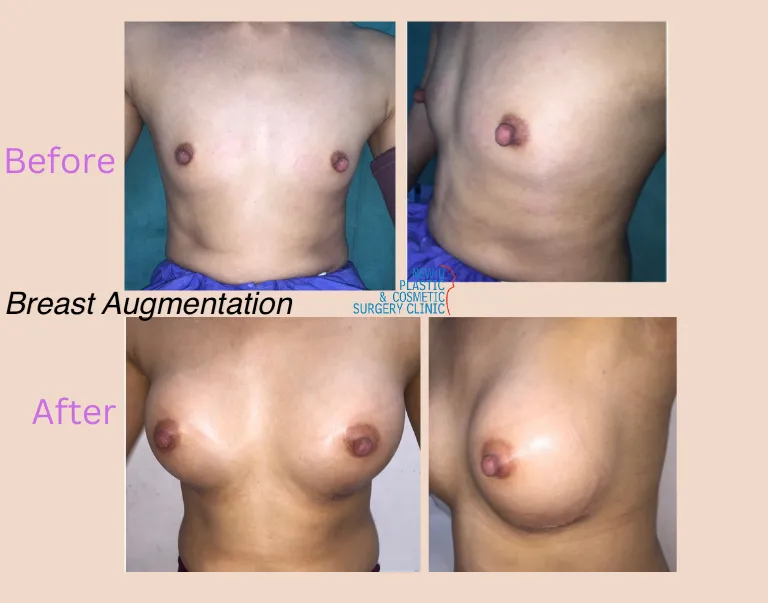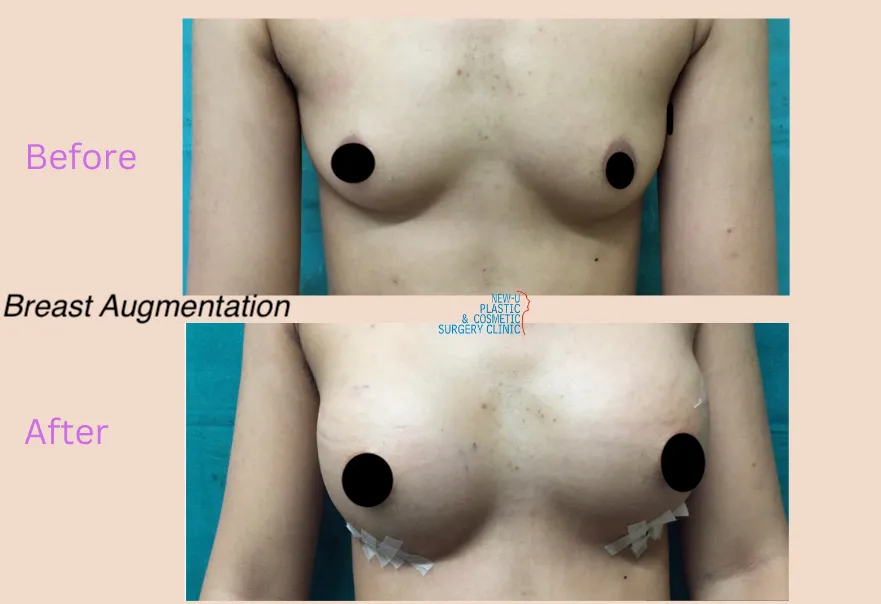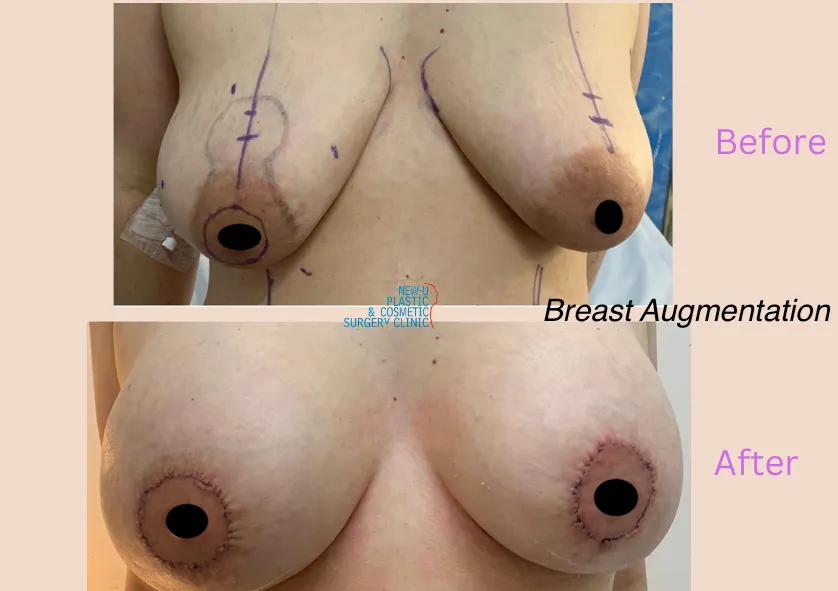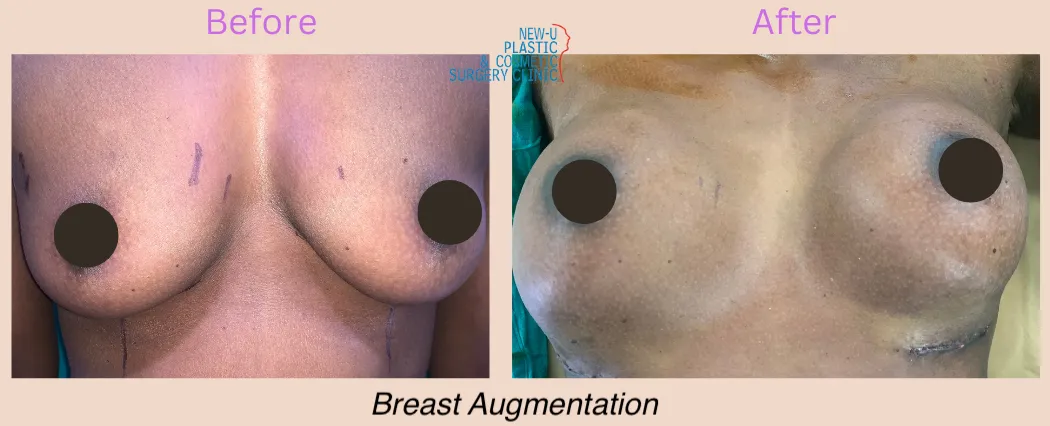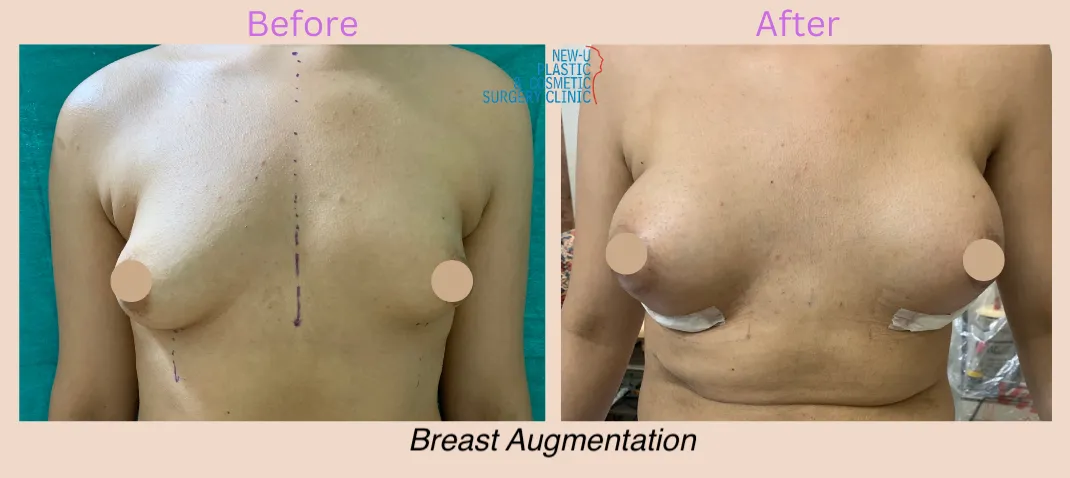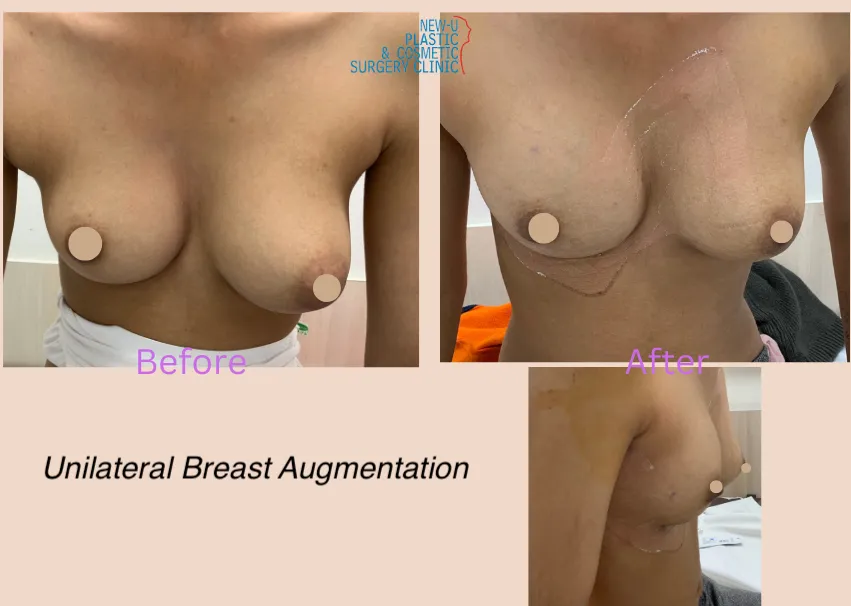To schedule an Appointment,
please call: +91-9810594130
Breast Augmentation/Breat Implant Surgery
The breast is a symbol of female sexuality. Some females try to enhance the size of their breasts by using artificial materials while some have very large breasts and are shy of themselves, unaware of the knowledge that cosmetic surgery is the solution to their problems.
The goal of breast augmentation is to enhance the volume & form of the breast most predictably with the least possible complication. The form of the female breast is determined by the volume & dimension of breast tissue. The breast implant of appropriate dimension, character, and volume is selected to accomplish the goal. A high level of satisfaction can be achieved if the patient’s aesthetic concerns & expectations are within a predictable and attainable result (realistic).
Implants
Breast implants are used for people who want larger breasts, also called augmentation, and can also be used for those who want to rebuild a breast after cancer surgery or injury, called reconstruction.
What types of breast implants are available?
- Saline breast implants - Saline breast implants are filled with sterile salt water. Should the implant shell leak, a saline implant will collapse and the saline will be absorbed and naturally expelled by the body. Saline breast implants provide a uniform shape, firmness, and feel, and are FDA-approved for augmentation in women aged 18 or older.
- Structured saline breast implants - Structured implants are filled with sterile salt water, and contain an inner structure that aims to make the implant feel more natural.
- Silicone breast implants - Silicone breast implants are filled with silicone gel. The gel feels a bit more like natural breast tissue. If the implant leaks, the gel may remain within the shell of the implant or may escape into the breast implant pocket. A leaking implant filled with silicone gel will not collapse. If you choose silicone implants, you may need to visit your plastic surgeon regularly to make sure the implants are functioning properly. An ultrasound or MRI screening can assess the condition of breast implants. Silicone breast implants are FDA-approved for augmentation in women aged 22 or older.
- Gummy bear breast implants - Form-stable implants are sometimes referred to as gummy bear breast implants because they maintain their shape even when the implant shell is broken. The consistency of the silicone gel inside the implant is thicker than traditional silicone gel implants. These implants are also firmer than traditional implants. Shaped gummy bear breast implants have more projection at the bottom and are tapered toward the top. If a shaped implant rotates, it may lead to an unusual appearance of the breast that requires a separate procedure to correct. Placement of gummy bear implants requires a slightly longer incision in the skin.
- Round breast implants - Round breast implants tend to make breasts appear fuller than form-stable implants. Higher profile options can achieve even more projection. Because round implants are the same shape all over, there is less concern about them rotating out of place.
- Smooth breast implants - Smooth breast implants are the softest feeling. They can move with the breast implant pocket, which may give more natural movement. Smooth implants may have some palpable or visible rippling under the skin.
- Textured breast implants - Textured breast implants develop scar tissue to stick to the implant, making them less likely to move around inside of the breast and become repositioned. Texturing offers some advantages in diminishing the risk of a tight scar capsule.
Note It is important to note that breast implant-associated anaplastic large cell lymphoma (BIA-ALCL) occurs most frequently in patients who have breast implants with textured surfaces. Understanding all potential risk factors will help with better decision-making that is best for you and your health.
Procedure
This procedure takes around 2-3 hours & can be done under local anaesthesia/general anaesthesia.
Approach
The implant can be inserted through different approaches -
- Transaxillary - This approach is difficult but placement is precise.
- Inframammary - Most common, placed in inframammary fold giving approximately 5 - 5.5 cm incision.
- Periareolar - limited exposure.
- Transumbilical - Very rare that too for a saline implant.
Complications
- Capsule contracture - this is excessive scar formation in response to foreign prosthetic material.
- Hematoma.
- Seroma.
- Wound infection.
- Altered nipple sensation.
Implant Complication
- Displacement.
- Rupture
- Rippling
More surgery, either to remove or replace the implants, might be needed for any of these issues.
Precaution
The patient can resume her daily routine work from the very next day but heavy work vigorous exercise may take 3-4 weeks.



